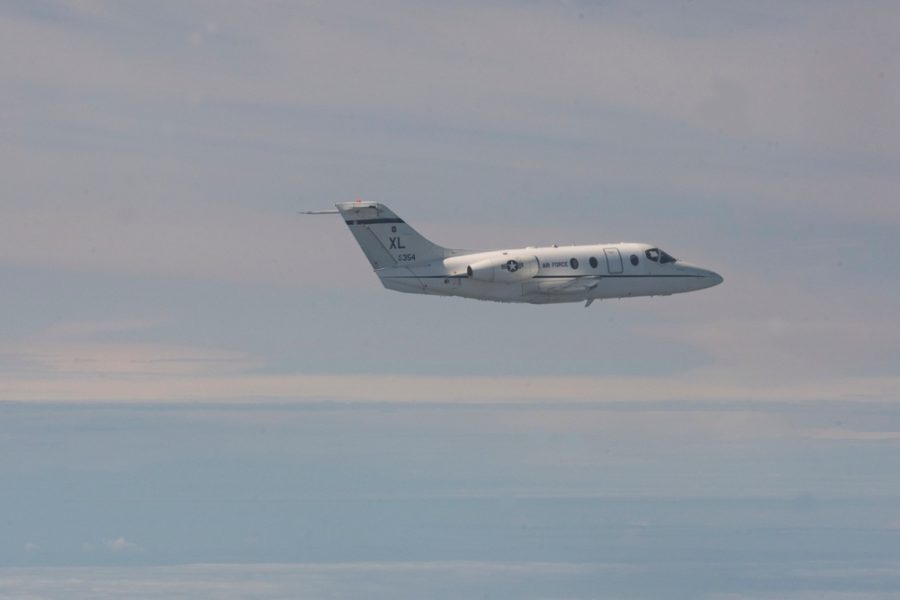The T-1A is a military version of the Beechcraft 400A business jet used in the advanced phase of JSUPT for tanker/transport pilot and CSO training pipelines.
The cockpit seats an instructor and two students. Militarization includes UHF/VHF radios, INS, TACAN, airborne direction finder, increased bird-strike resistance, and an additional fuselage fuel tank. CSO training aircraft also incorporate GPS-driven synthetic aperture radar (SAR) and simulated RWR, as well as a second student and instructor station.

Upgrade efforts are focused on avionics modernization and include new MFD and terrain collision avoidance systems. USAF awarded a $156 million Avionics Modernization Program (AMP) contract to replace the type’s obsolescent flight deck with a commercial glass cockpit in 2018, and the first modified aircraft flew in March 2019.
A total of 73 aircraft (including all CSO-training aircraft) were upgraded through completion of the curtailed program in March 2023. USAF began divesting the majority of the fleet in FY23 cutting a total of 50 airframes due to cost-prohibitive obsolescence issues.
Congress barred AETC from retiring an additional 52 aircraft in FY24 until the command fully implements its revamped Undergraduate Pilot Training. AETC plans to retain only the 21 CSO-configured trainers at Pensacola, relying instead on simulators to conduct mobility pilot qualifications.
Contractors: : Beechcraft (airframe); Field Aerospace/Rockwell Collins (AMP).
First Flight: July 5, 1991 (T-1A).
Delivered: Jan. 17, 1992-July 1997
IOC: January 1993.
Production: 180.
Inventory: 178.
Operator: AETC
Aircraft Location: Columbus AFB, Miss.; Laughlin AFB and JBSA-Randolph, Texas; Vance AFB, Okla.; NAS Pensacola, Fla.
Active Variant: •T-1A. Military trainer version of Beechcraft 400A.
Dimensions: Span 43.5 ft, length 48.4 ft, height 13.9 ft.
Weight: Max T-O 16,100 lb.
Power Plant: Two Pratt & Whitney Canada JT15D-5B turbofans, each 2,900 lb thrust.
Performance: Speed 538 mph, range 2,555 miles.
Ceiling: 41,000 ft.
Accommodation: Three pilots (two students side by side, instructor in jump-seat); one pilot, one CSO trainee side-by side, instructor in jump-seat, one radar/system student and one instructor at aft-consoles (CSO-training configured aircraft).


